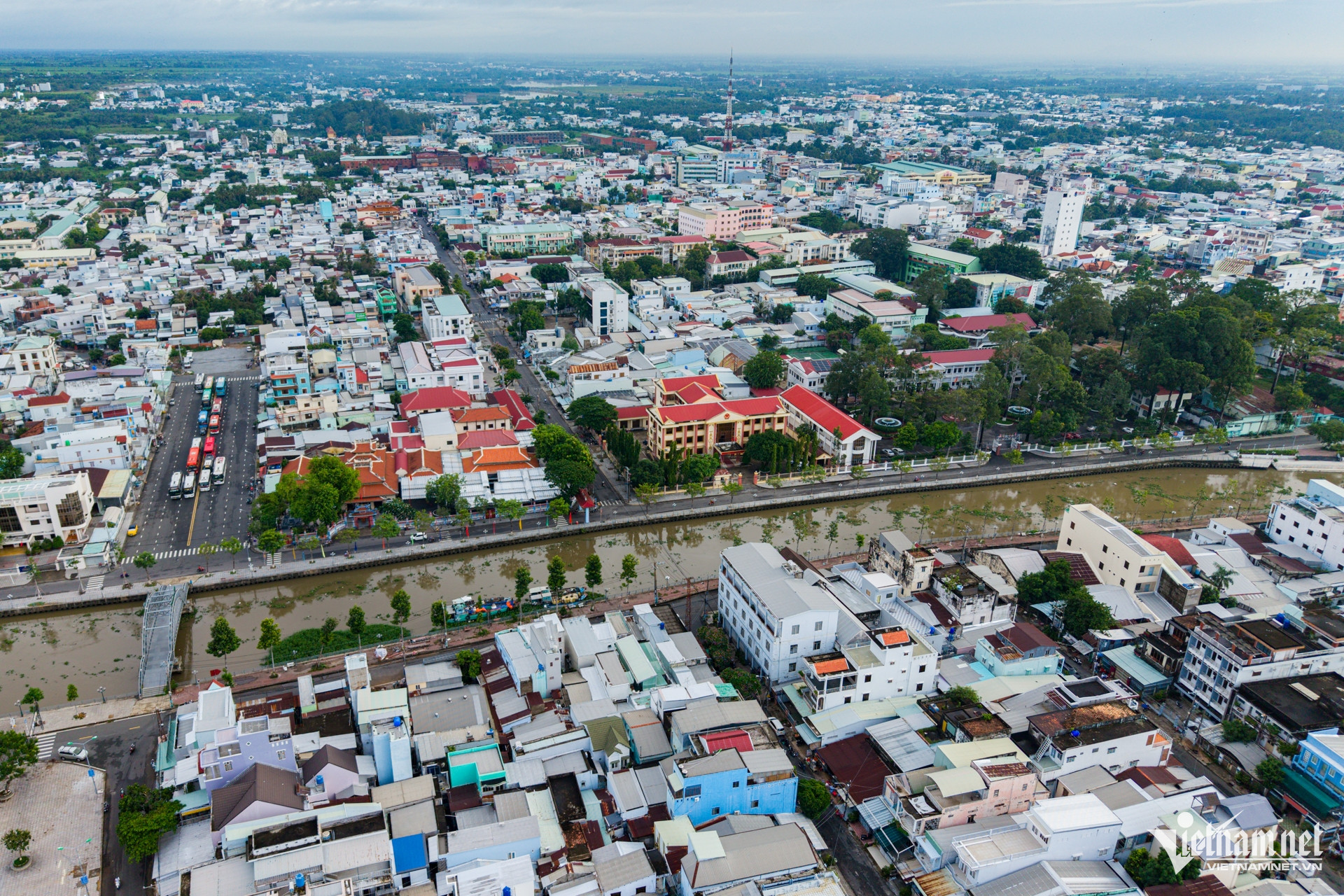
The newly established An Giang province was based on the merger of An Giang and Kien Giang provinces, with an area of over 9,888 km², a population of nearly 5 million people; with 102 commune-level administrative units, including 85 communes, 14 wards and 3 special zones: Kien Hai, Phu Quoc and Tho Chau.
In the photo, the new provincial People's Committee headquarters is located at 6 Nguyen Cong Tru, Rach Gia Ward (formerly Kien Giang Province). This is an important gateway, a traffic, trade and international exchange hub of the Southwest region.
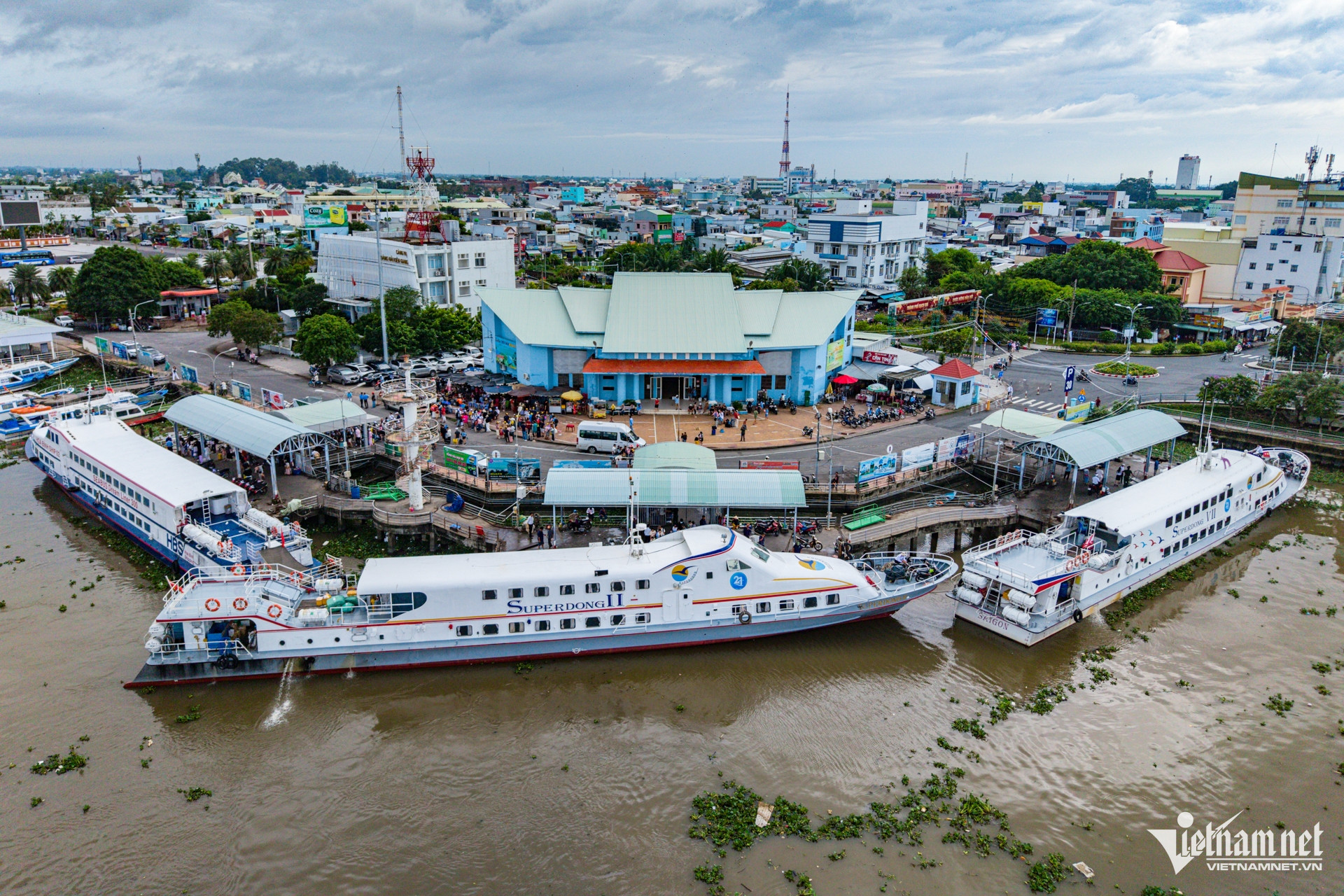
The new provincial center is located in an area with synchronous and modern infrastructure, including an airport, road system and seaport, fully meeting the conditions for the provincial government to operate effectively.
Pictured is Rach Gia Passenger Port – where many high-speed boats connect to islands such as Phu Quoc, Nam Du and Hon Son.
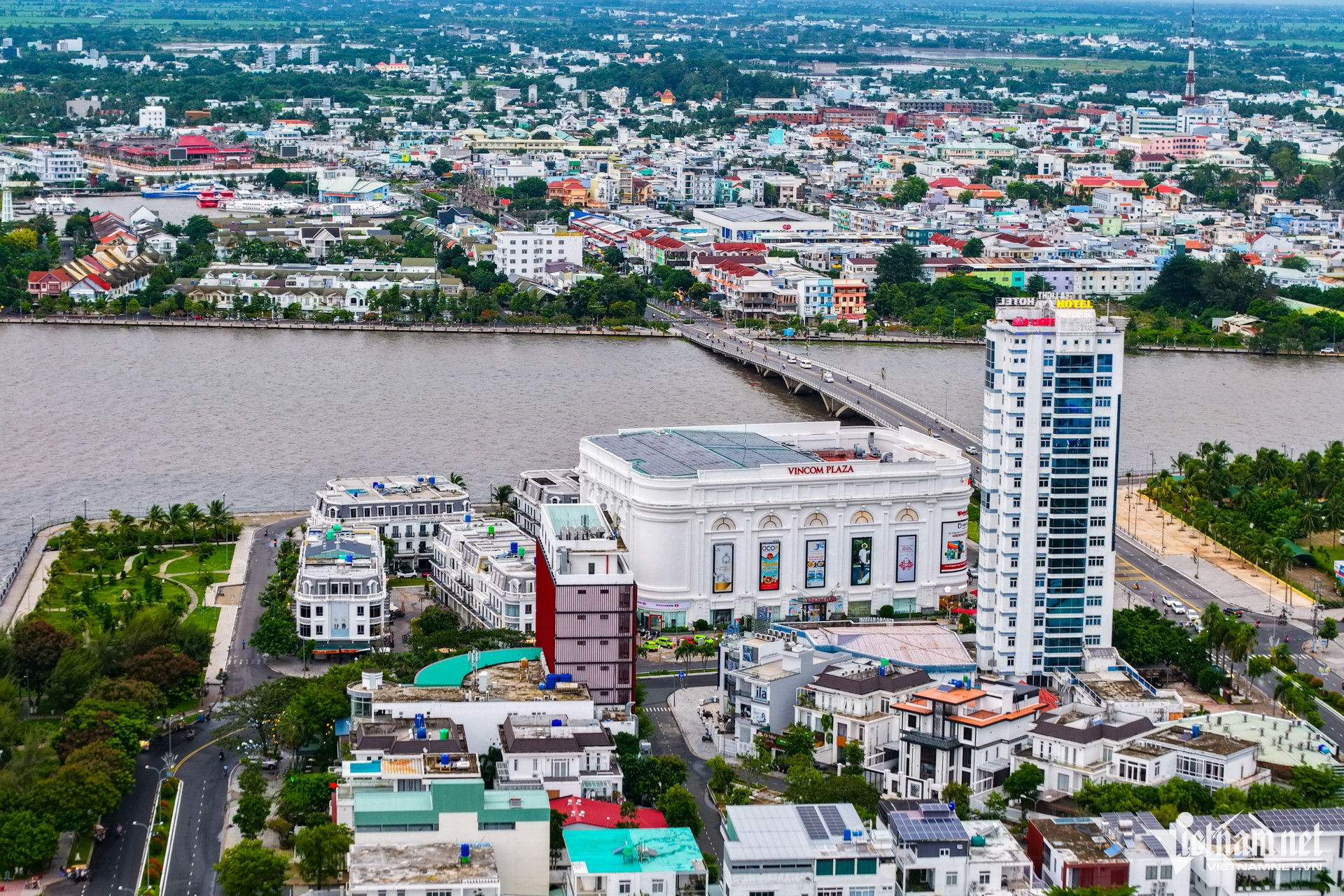

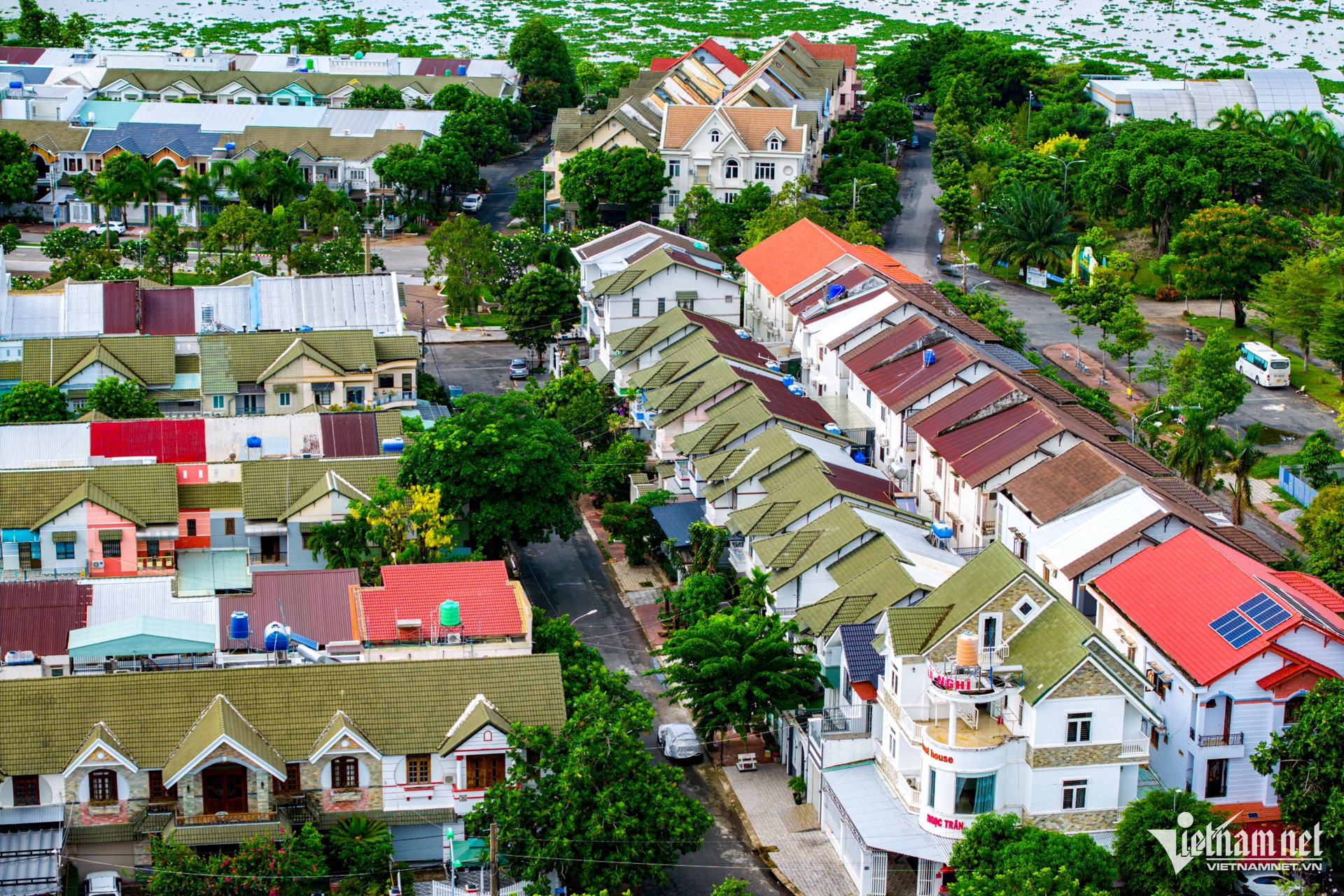
Rach Gia Ward is the most populous ward in the country after merging from 9 old wards of Rach Gia City (Vinh Quang, Vinh Thanh, Vinh Thanh Van, Vinh Lac, Vinh Hiep, An Hoa, An Binh, Rach Soi and Vinh Loi).
This is an area with a very high urbanization rate and dense population, creating favorable conditions for people in living, production, studying, administrative transactions and management of local authorities.
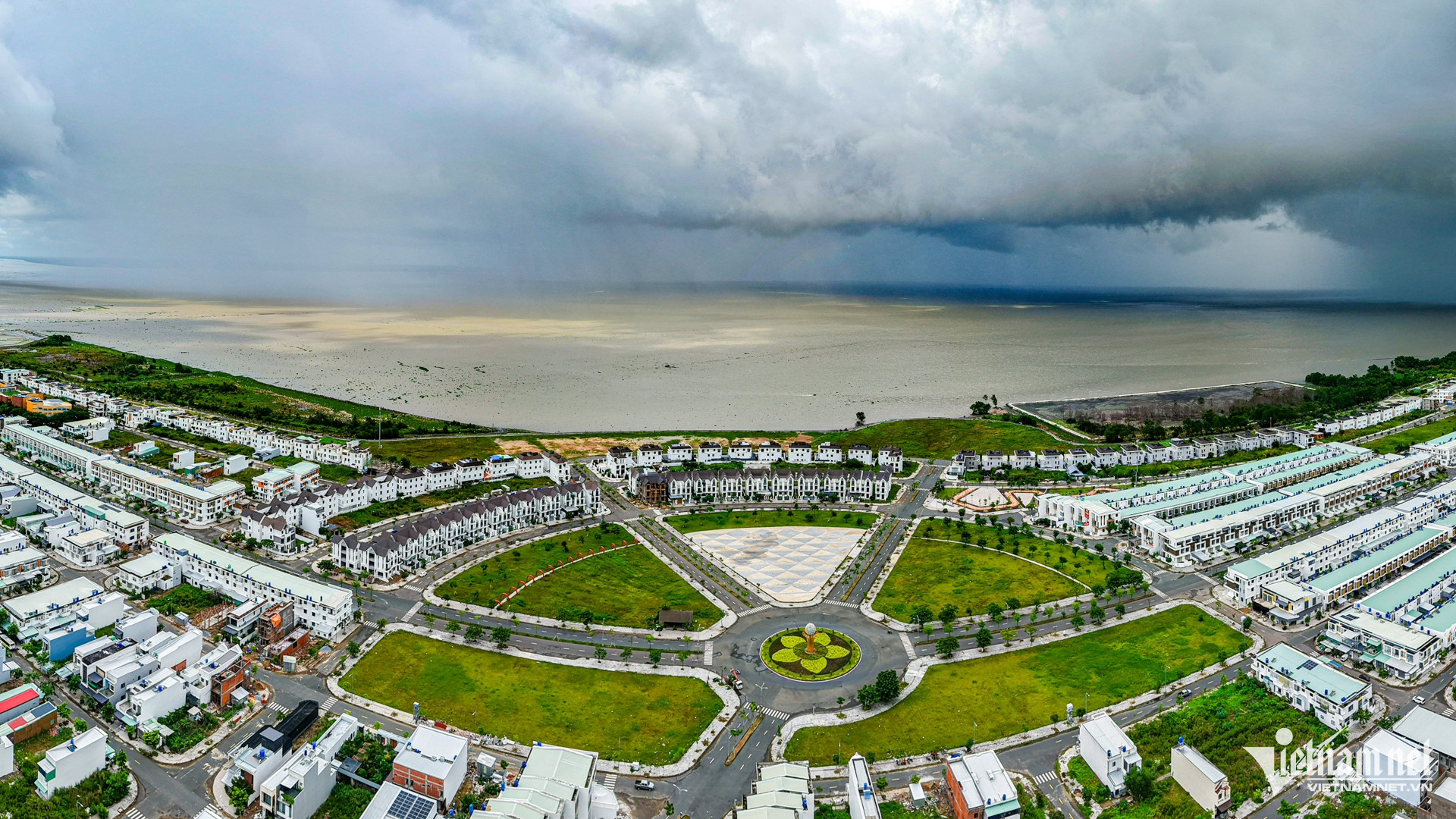
Rach Gia City (old) is one of the dynamic urban areas of the Mekong Delta, nicknamed “the city by the sea” thanks to its coastal location and large-scale land reclamation projects. Here, three land reclamation urban areas are built right in the city center.
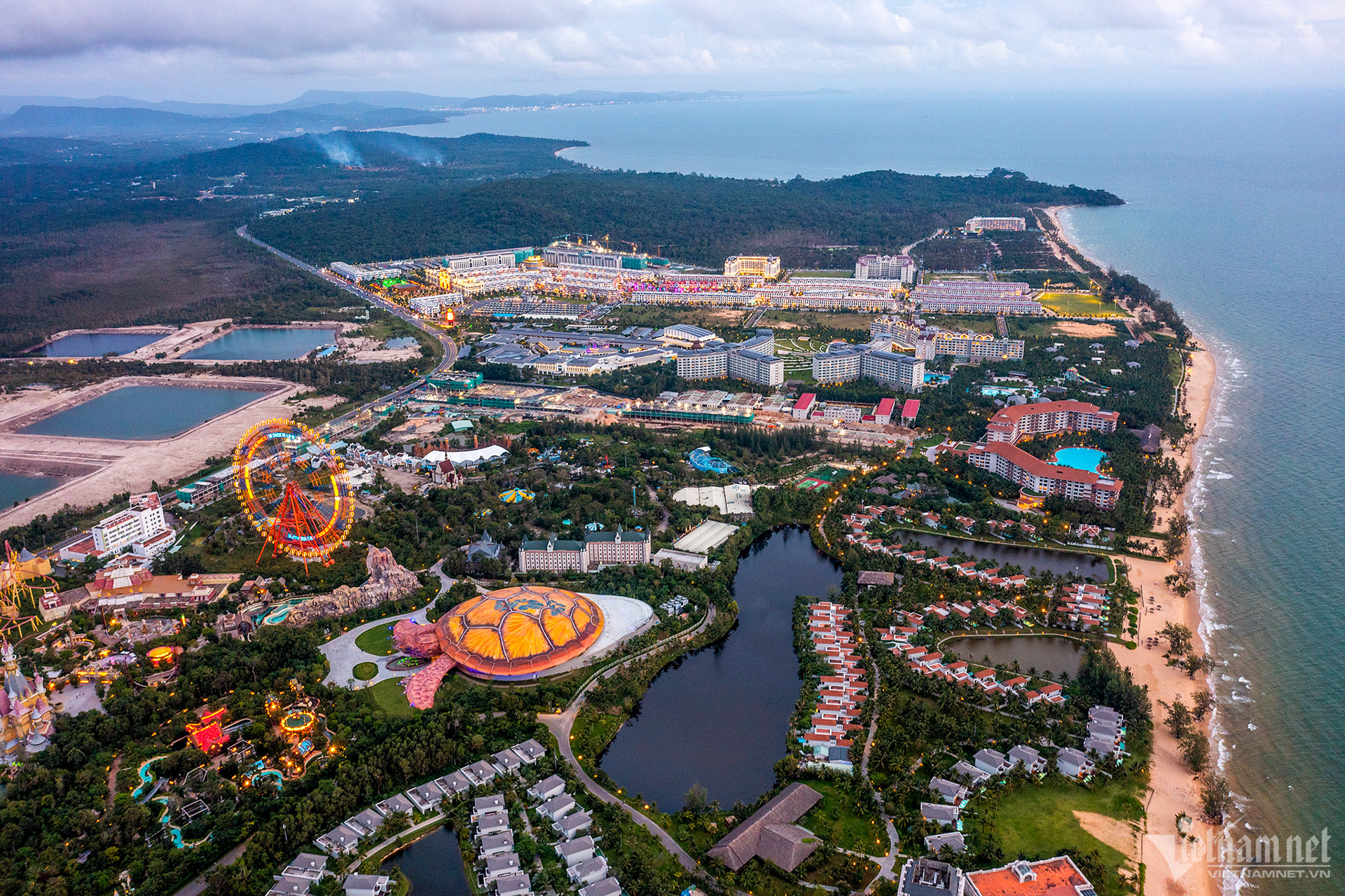
After the merger, An Giang province has great tourism advantages with famous and attractive destinations such as Phu Quoc Island, Nam Du archipelago, Pirate Island, Cam Mountain, Sam Mountain...
The new province will become an "impressive tourist coordinate", with Cam Mountain - the roof of the West, and Phu Quoc - the second most beautiful island in the world .
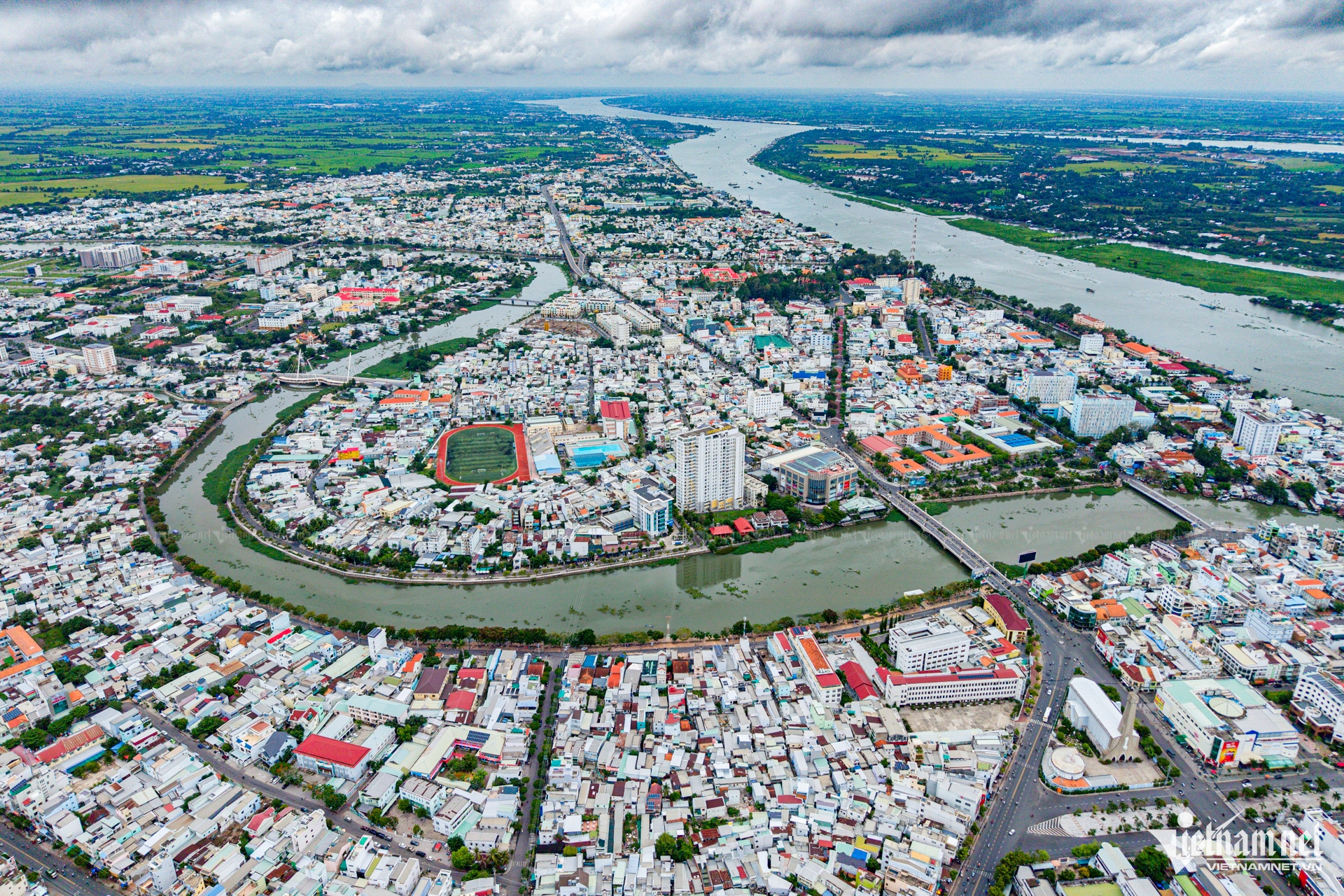
In addition to modern infrastructure, the new An Giang also preserves many ancient architectural works, becoming cultural and tourist highlights.
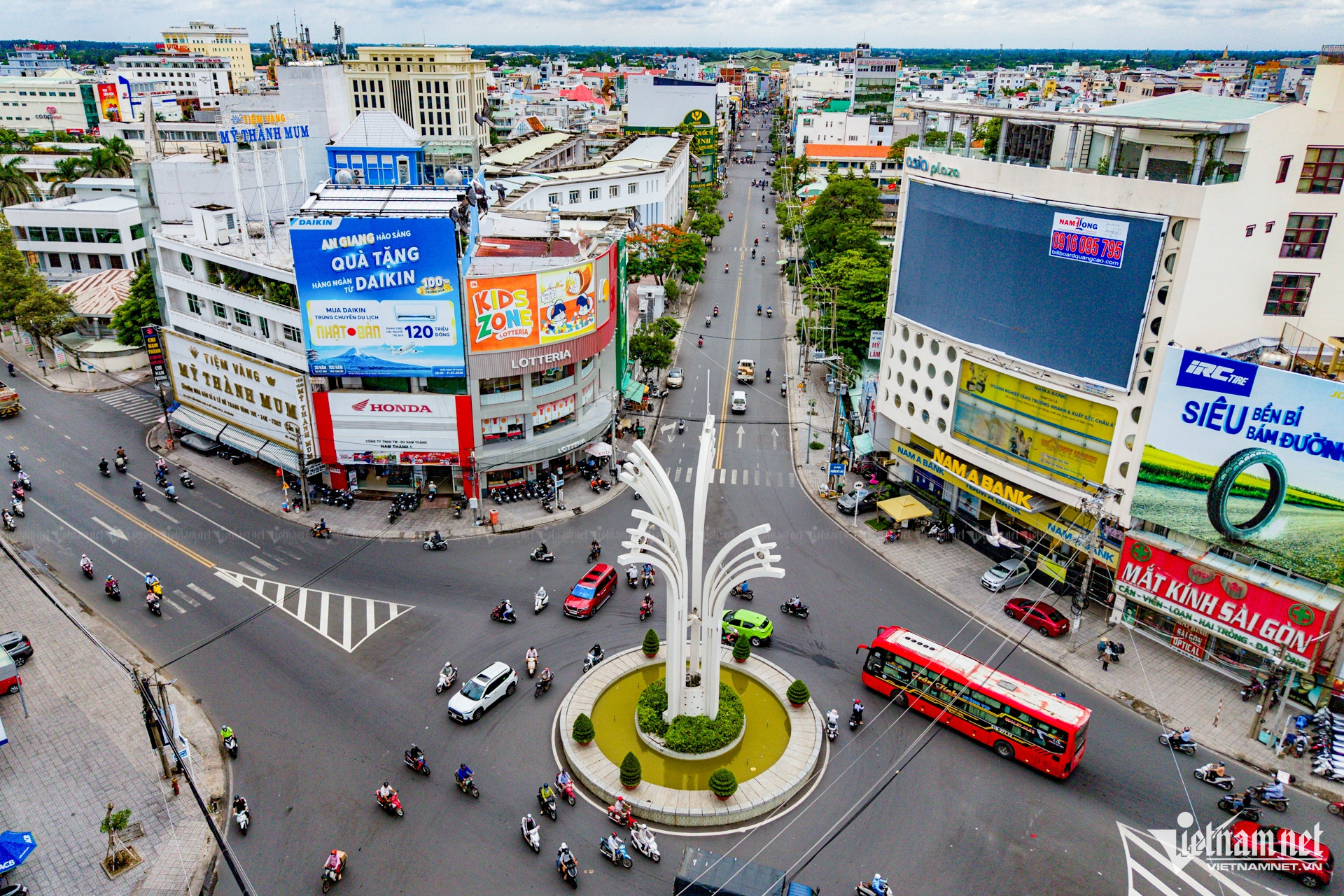
The four-light roundabout in the inner city is a typical symbol of Long Xuyen City (old) - old An Giang. The project is located at the intersection of three major roads: Tran Hung Dao, Nguyen Trai and Ha Hoang Ho, with four light poles facing the four main directions of the city center.
In addition to its role as an important traffic junction, this place also has symbolic meaning, associated with urban memories and is a familiar image to Long Xuyen residents.
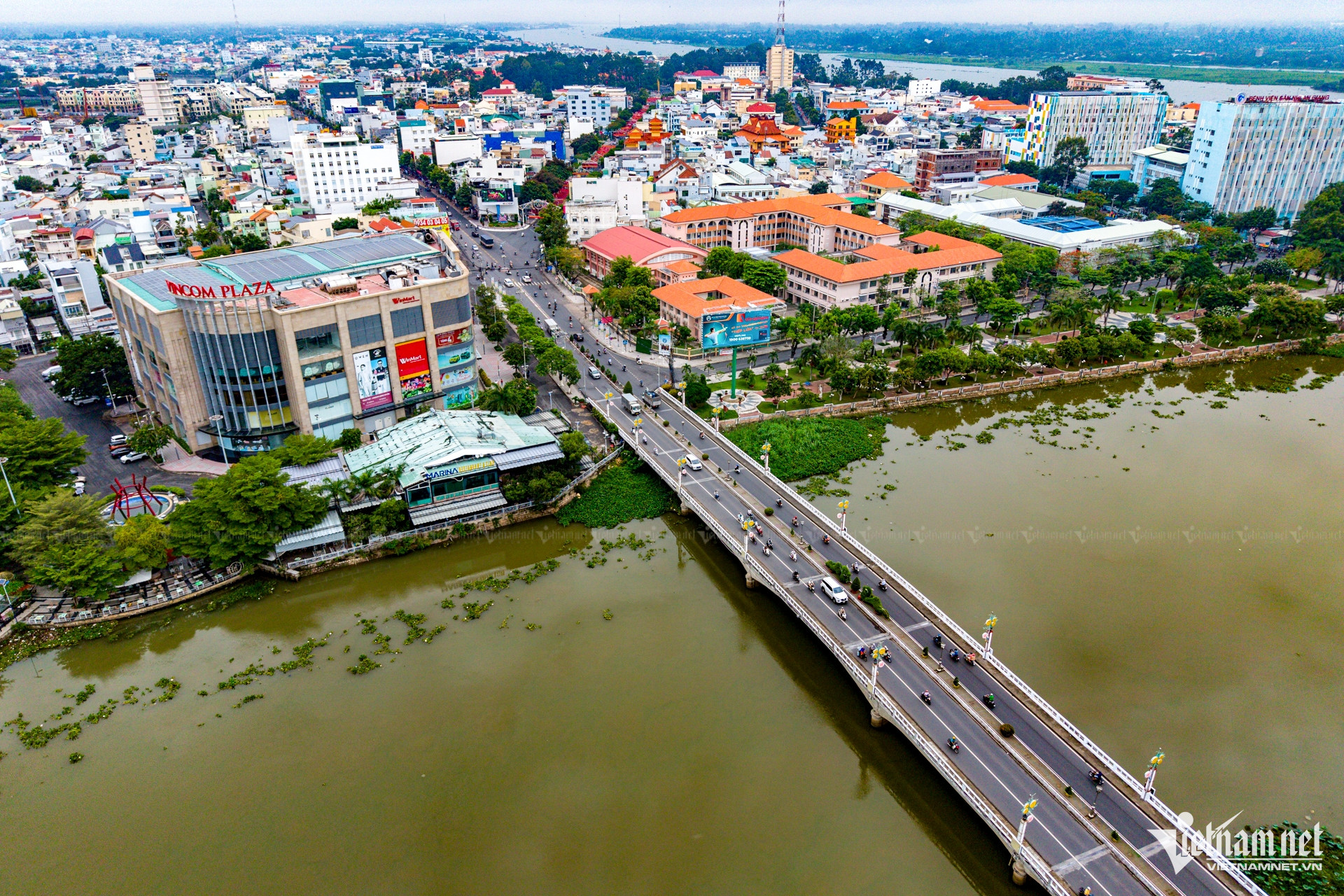
Not far from the roundabout, Hoang Dieu Bridge is an ancient architectural landmark located on Highway 91. The bridge was built of concrete in 1938, connecting the two old wards of My Long and My Binh (now Long Xuyen ward).
By September 2000, a new bridge was built in parallel, turning Hoang Dieu into a double bridge - a long-standing traffic structure, preserving many memories of the people of Long Xuyen City (old).
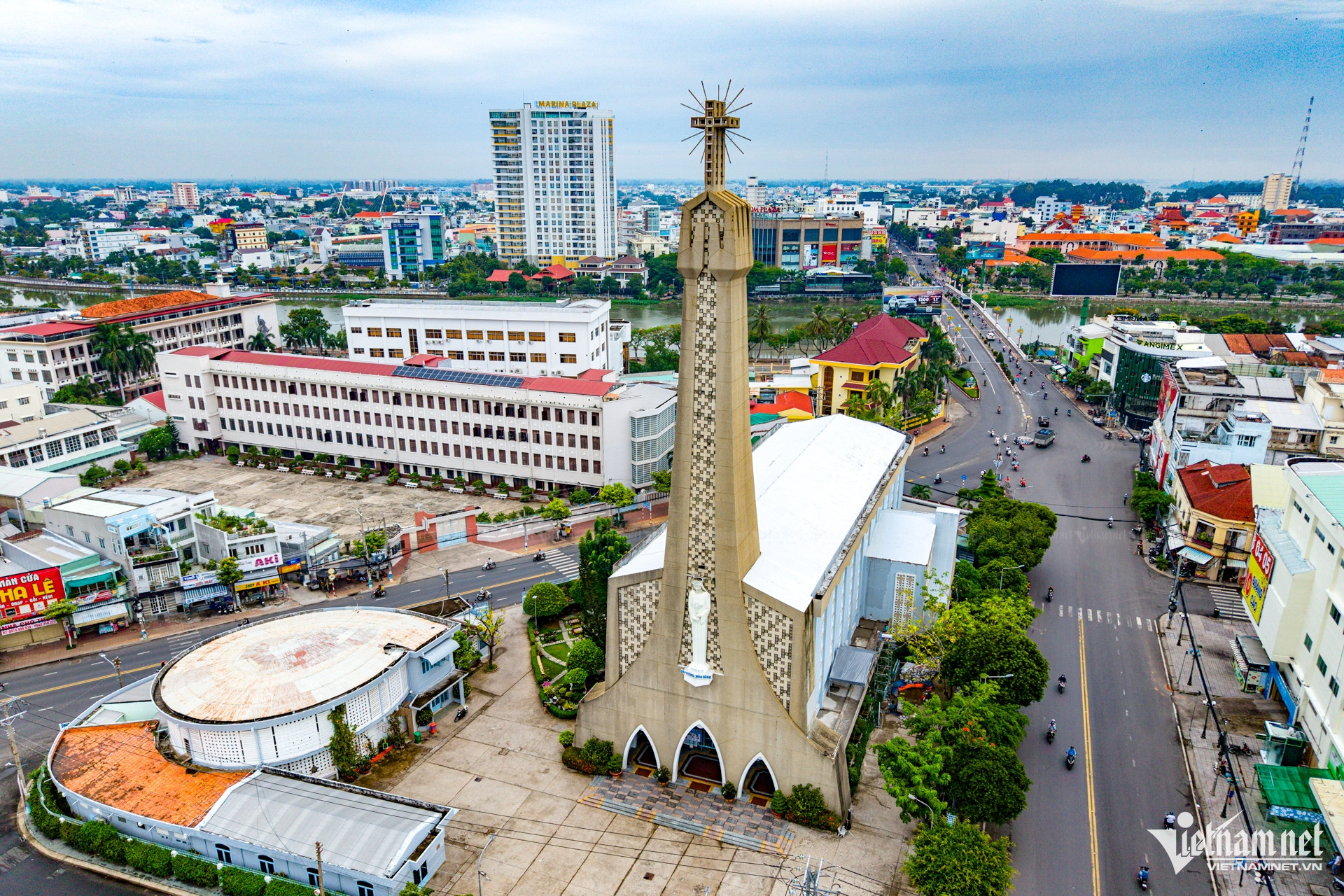
Long Xuyen Cathedral began construction in 1958 and was inaugurated in 1973. The highlight of the church is the 55m high bell tower with a cross on top, a thick, straight shape, simple lines, creating a modern, sturdy architecture. The church has a harmonious blend of Art Deco and Gothic architectural styles at the entrances.

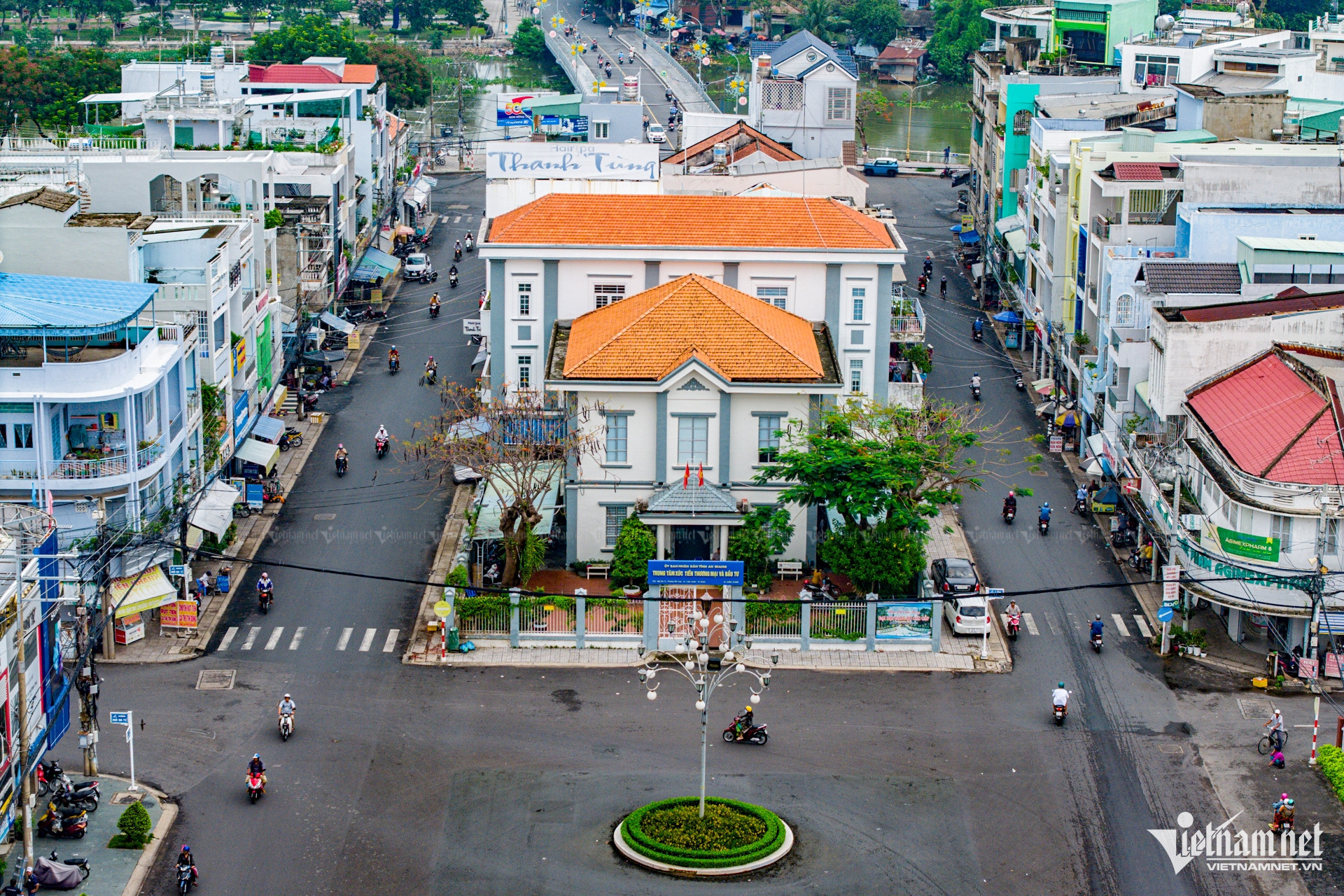
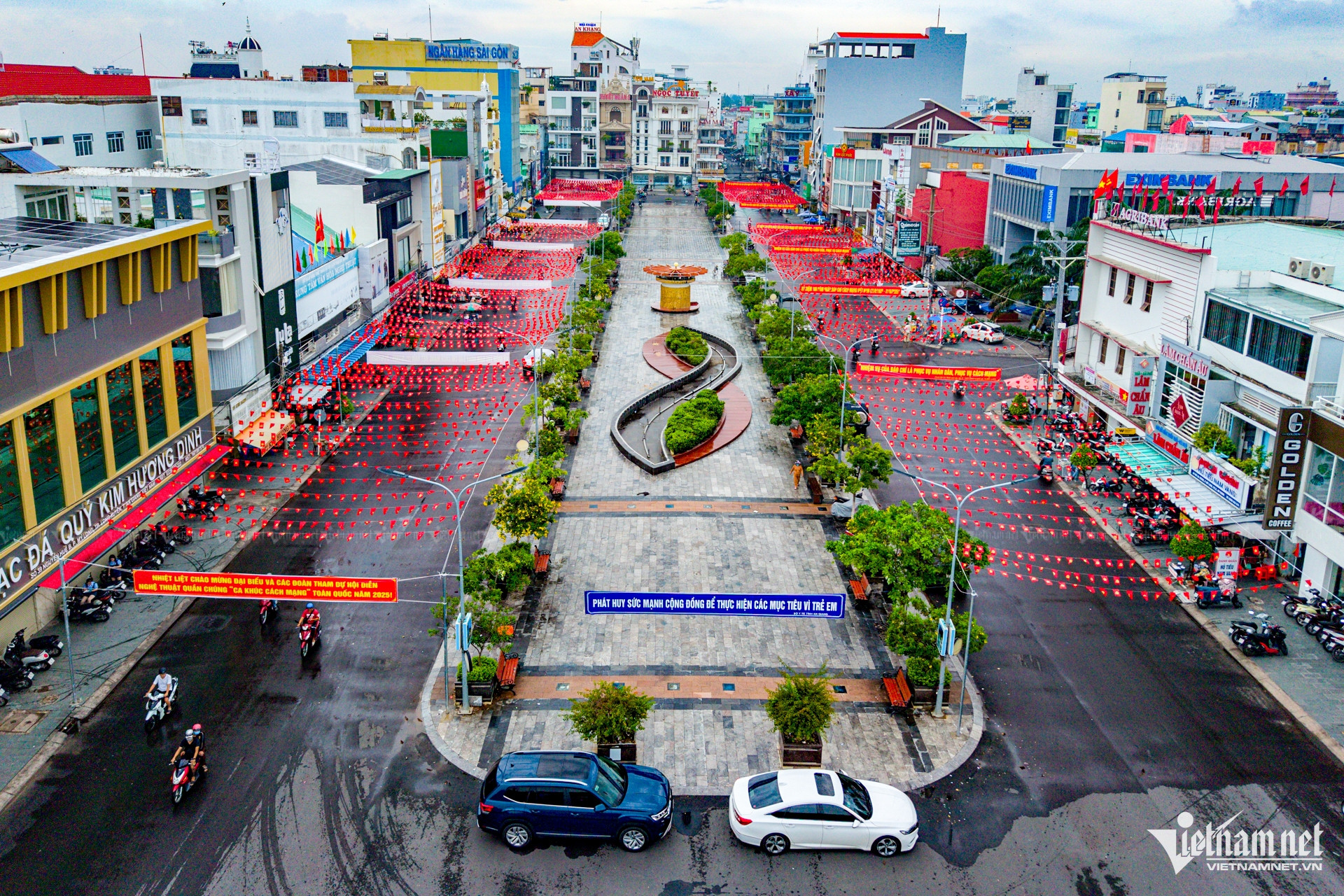
Running from the Cathedral to O Moi ferry terminal is Nguyen Hue walking street.
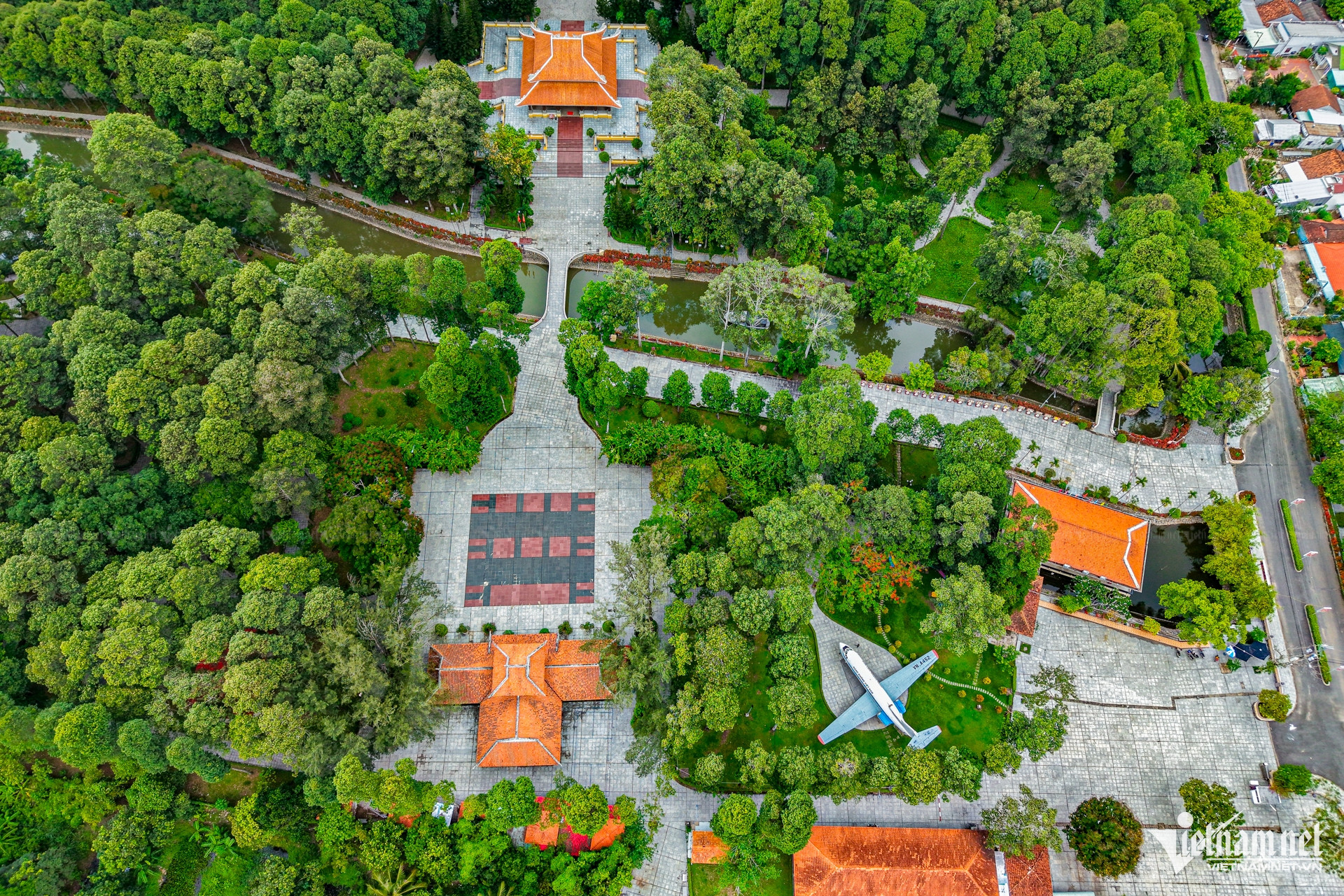
Located on Ong Ho Islet, about 15 minutes by ferry from the center of Long Xuyen City (old), President Ton Duc Thang Memorial Site is located right on his hometown.
In 2012, the memorial site was recognized as a special national monument, becoming a red address in the journey to learn about the history of An Giang land.
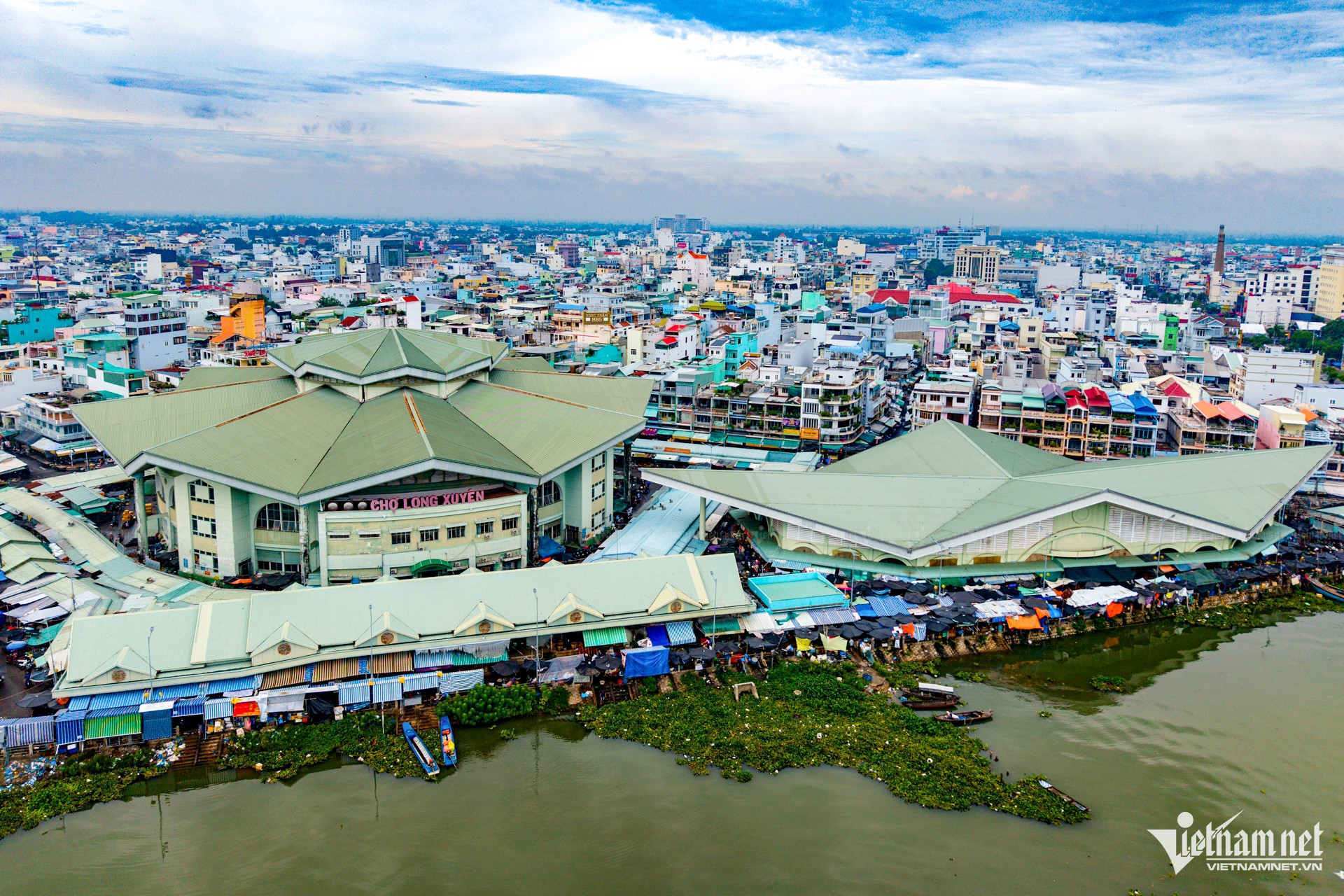
About 350m away, Long Xuyen market and Long Xuyen floating market on Hau river have the custom of buying and selling on the river and a simple lifestyle, although not as bustling as before.
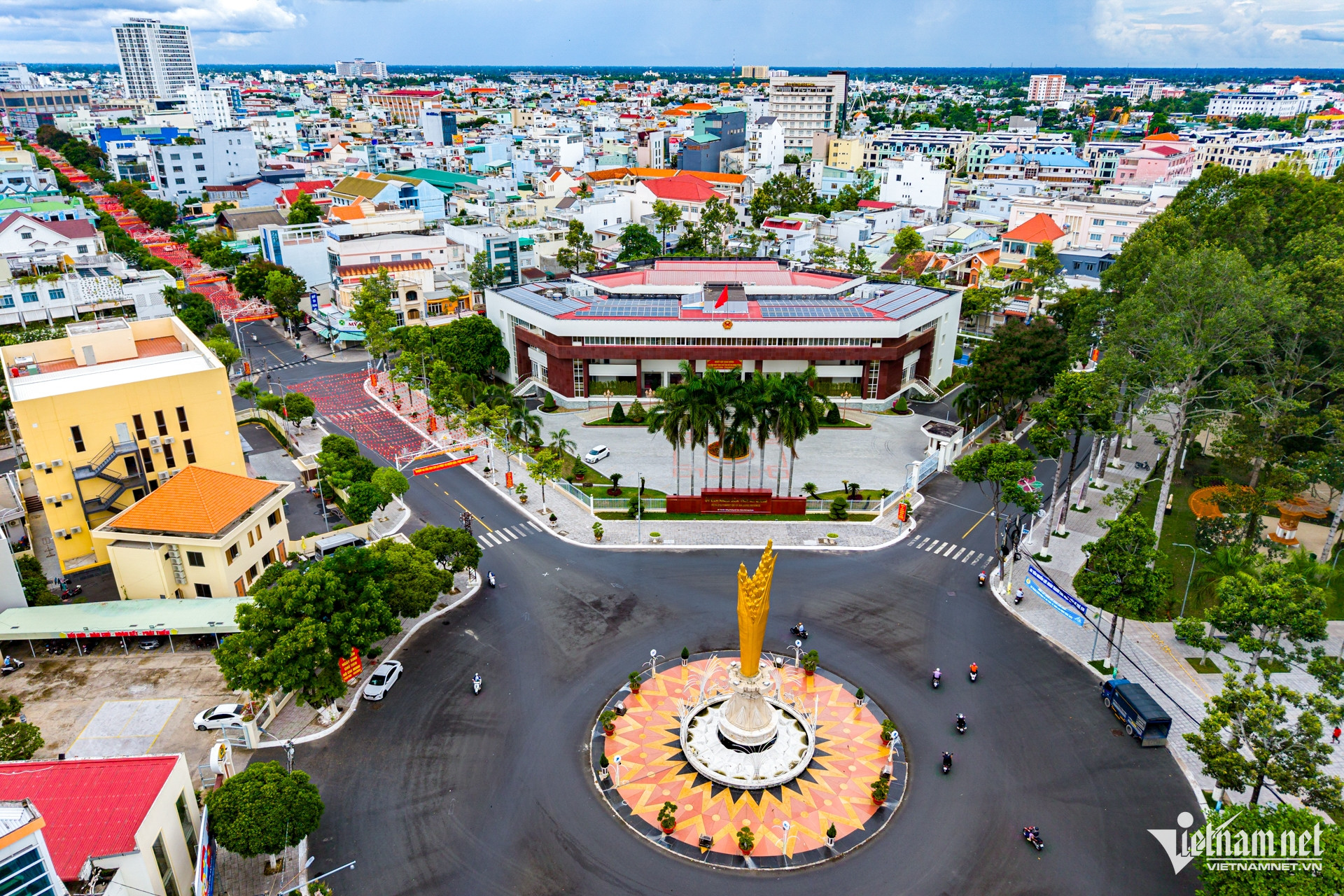
The Rice Flower Monument - a symbol of the province's agriculture - is located right at the roundabout in front of the old An Giang Provincial People's Committee headquarters. The bronze statue is 15.3 m high, the rice flower is 9.5 m high.
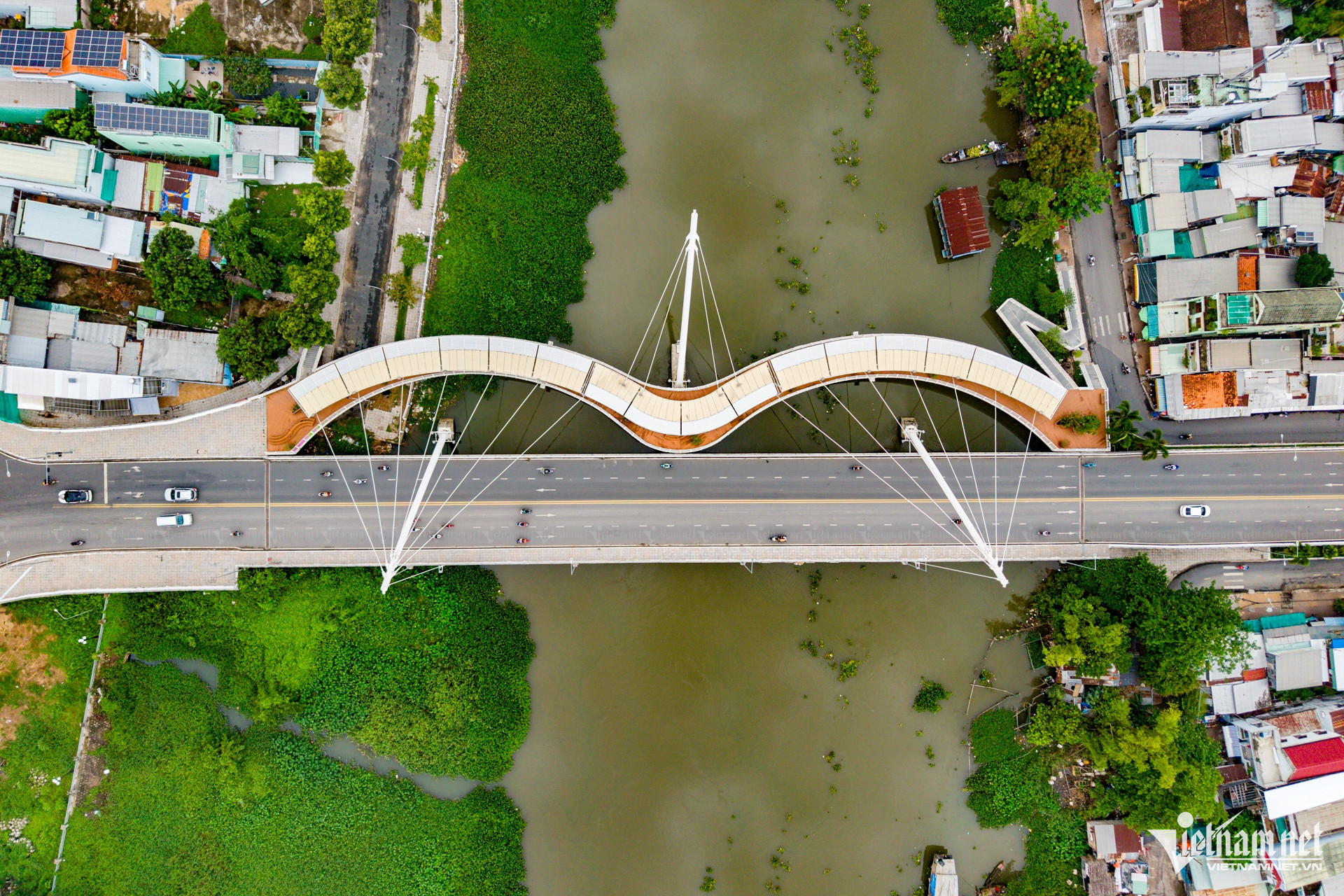
Nguyen Thai Hoc Bridge across Long Xuyen River is a traffic project with an architectural competition, creating a landscape highlight in the central area of Long Xuyen city (old), contributing to completing the main traffic network.
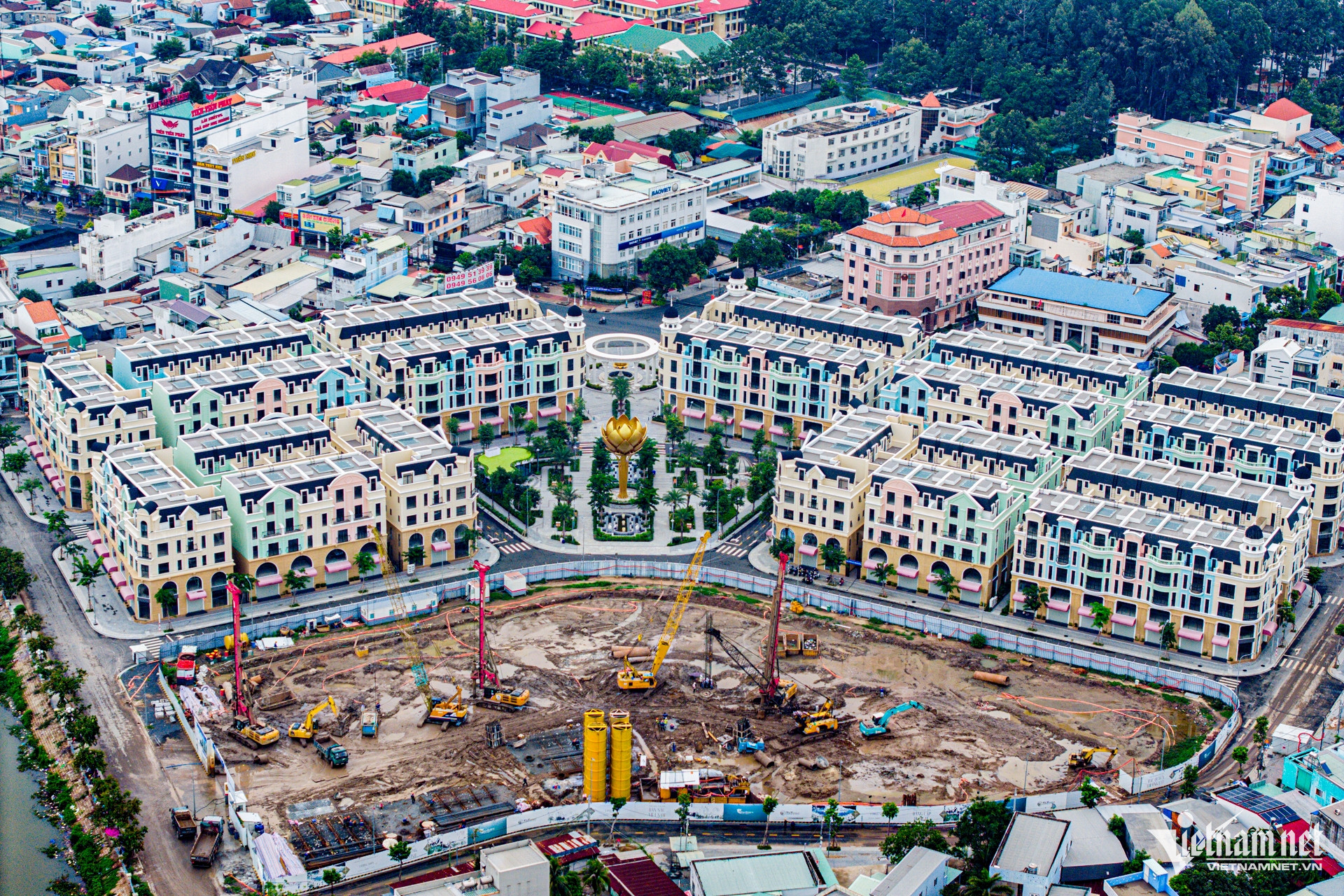
After the merger, the new An Giang province has a population of 4,952,238 people, the third most populous province in the country after Ho Chi Minh City and Hanoi.
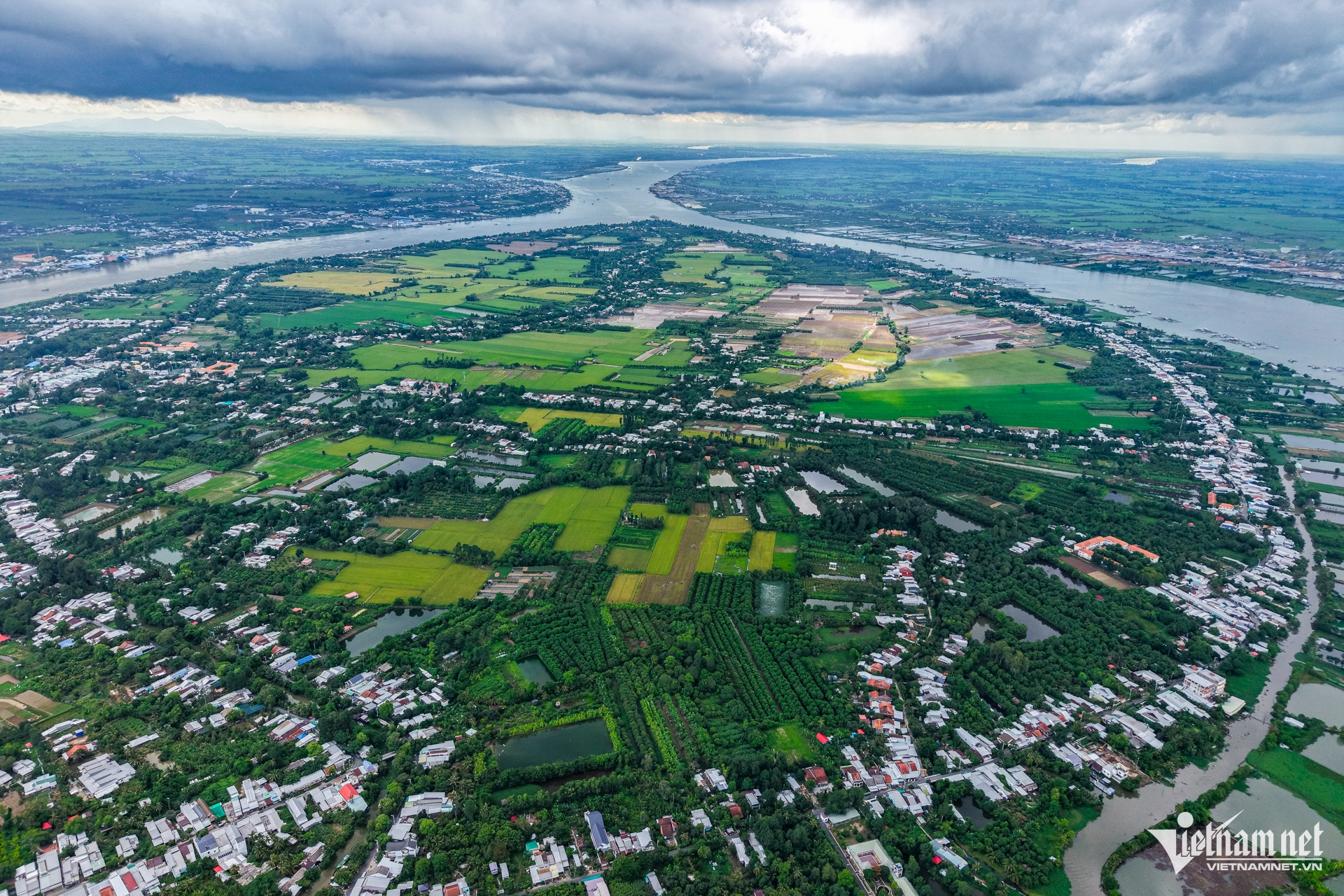
Regarding agricultural economy, the newly merged An Giang province almost "embraces" the large Long Xuyen Quadrangle, full of potential for agricultural economic development with the four corners being the four major urban areas of the province.
Nguyen Hue - Vietnamnet.vn
Source: https://vietnamnet.vn/ngam-tron-ven-an-giang-moi-tinh-vua-so-huu-3-dac-khu-hanh-chinh-2414267.html




![[Photo] Dan Mountain Ginseng, a precious gift from nature to Kinh Bac land](/_next/image?url=https%3A%2F%2Fvphoto.vietnam.vn%2Fthumb%2F1200x675%2Fvietnam%2Fresource%2FIMAGE%2F2025%2F11%2F30%2F1764493588163_ndo_br_anh-longform-jpg.webp&w=3840&q=75)







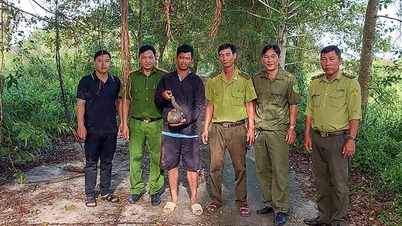
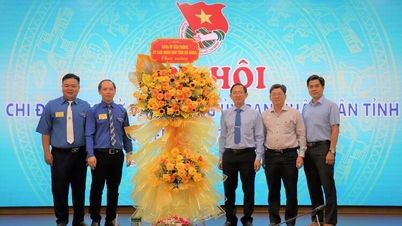
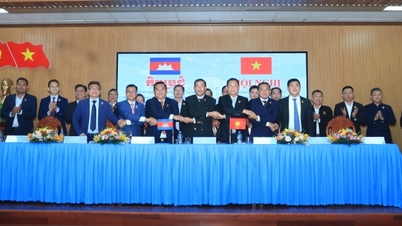




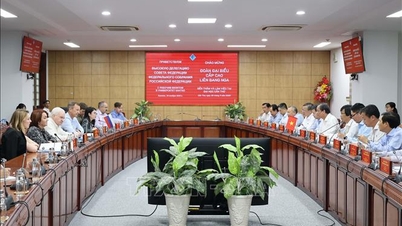






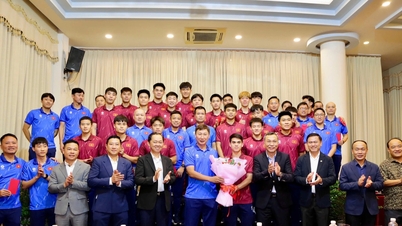





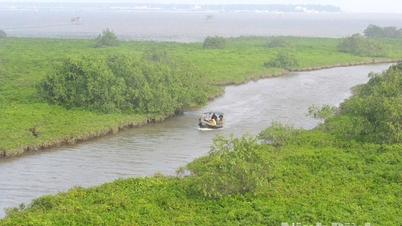

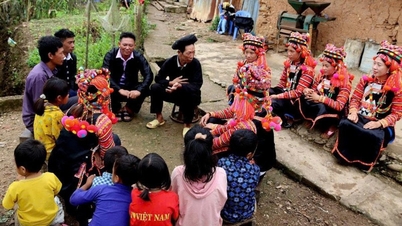

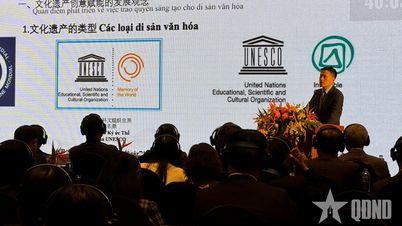

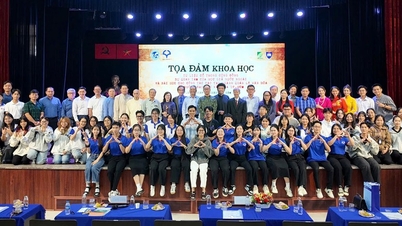

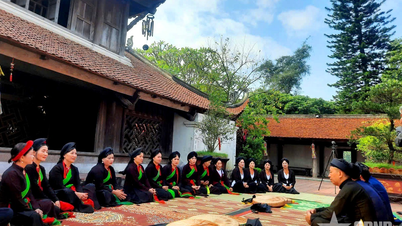




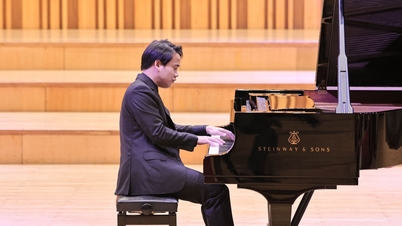



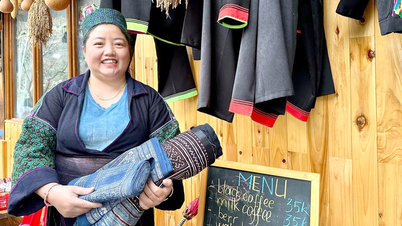


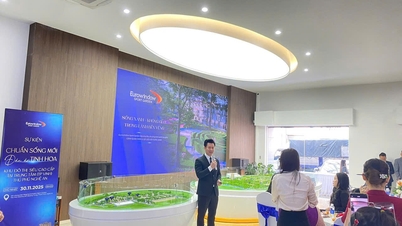

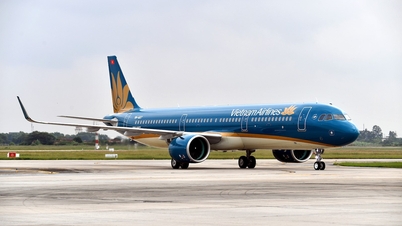
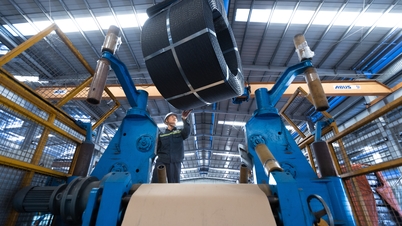

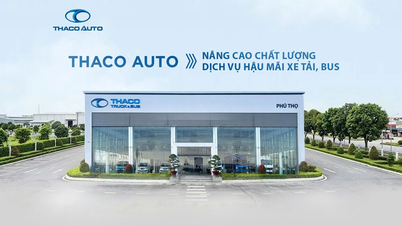





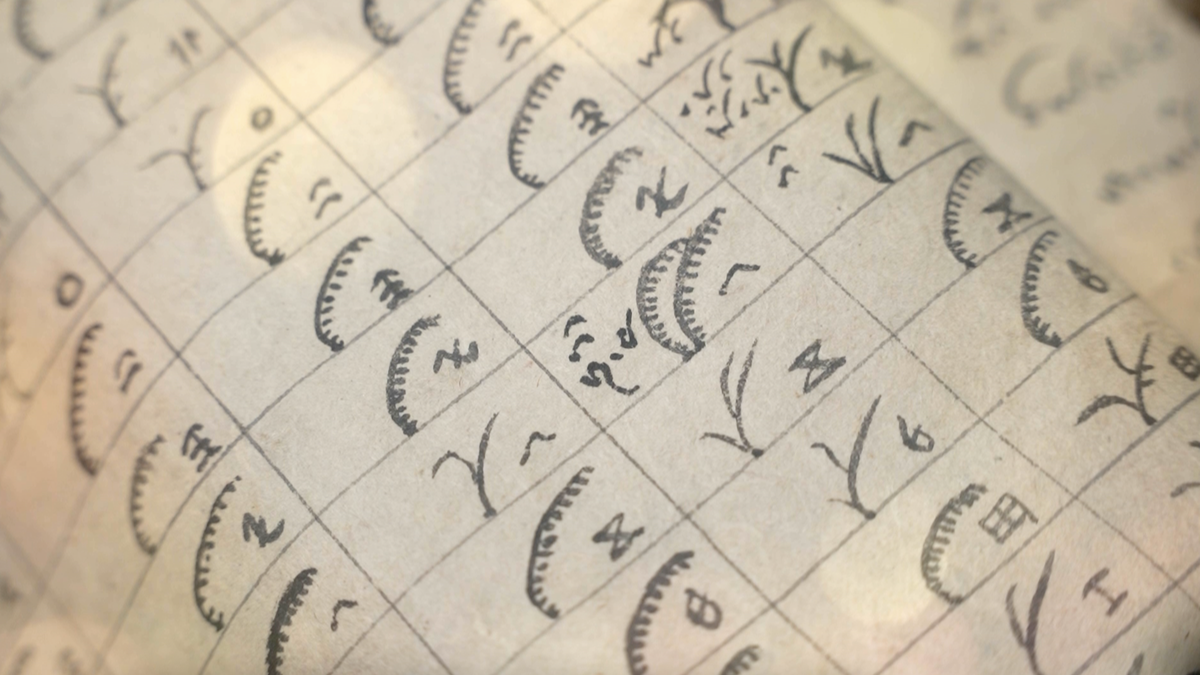
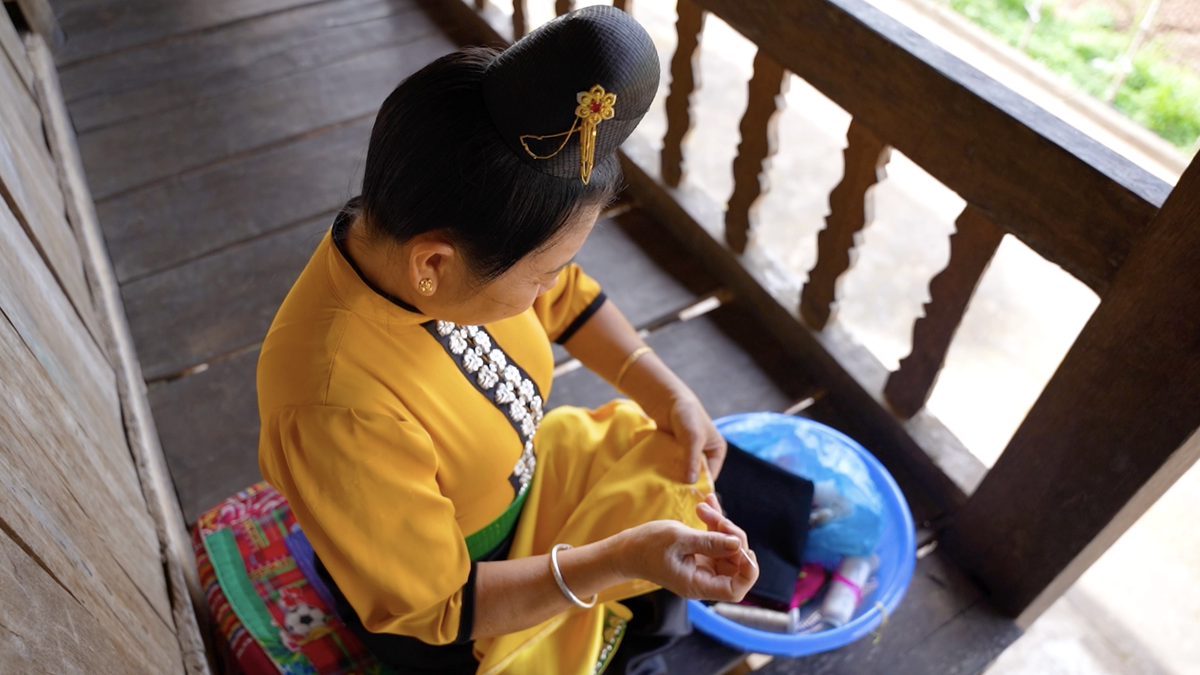


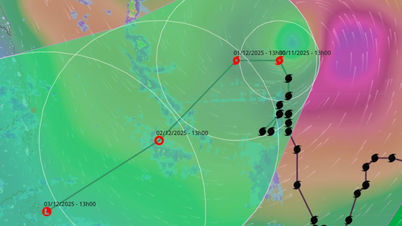
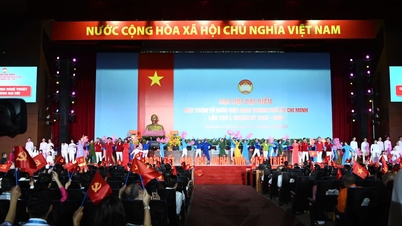
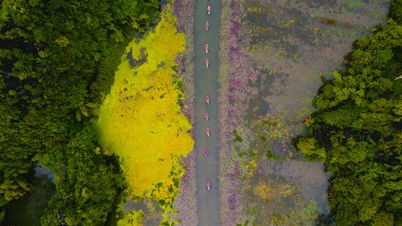



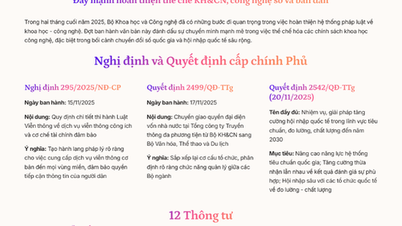

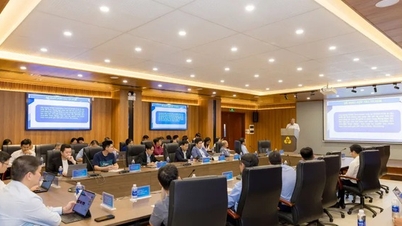
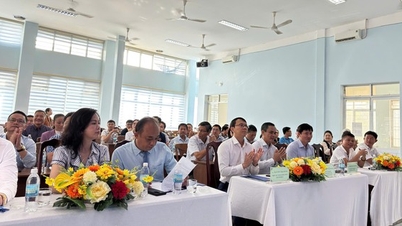
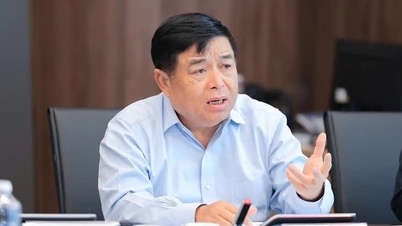






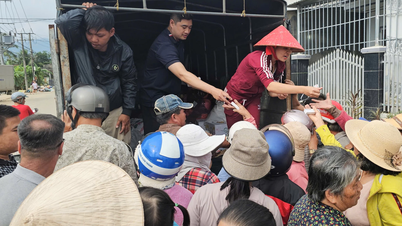

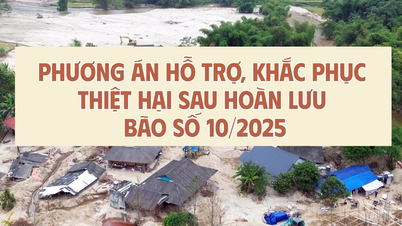













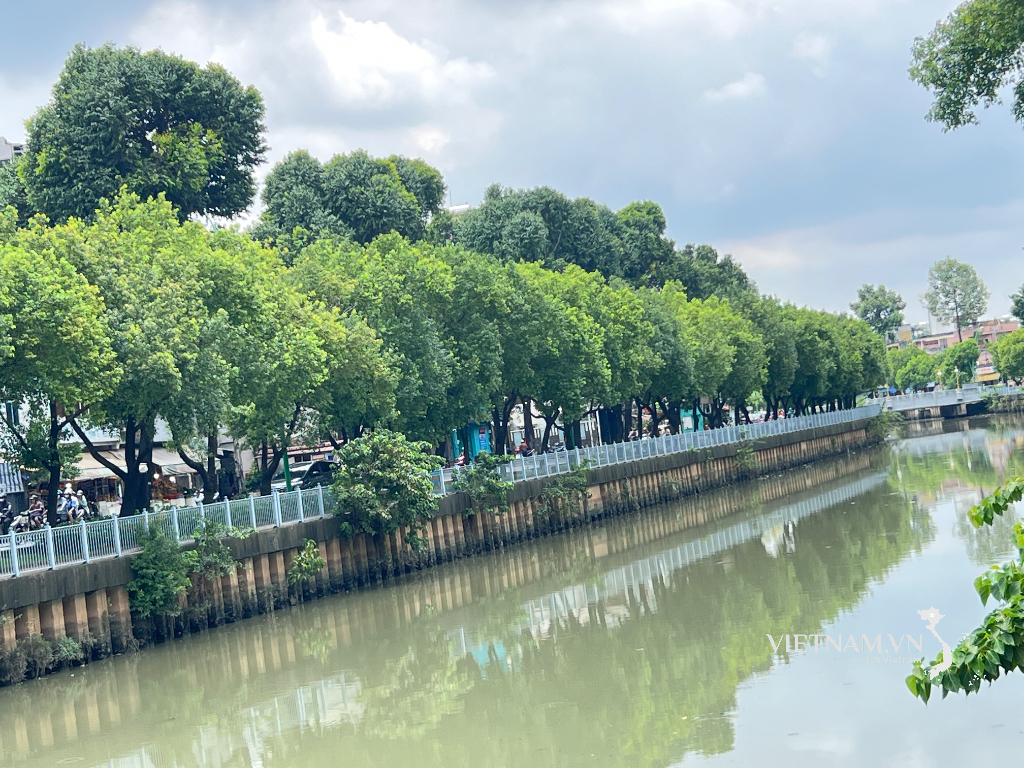

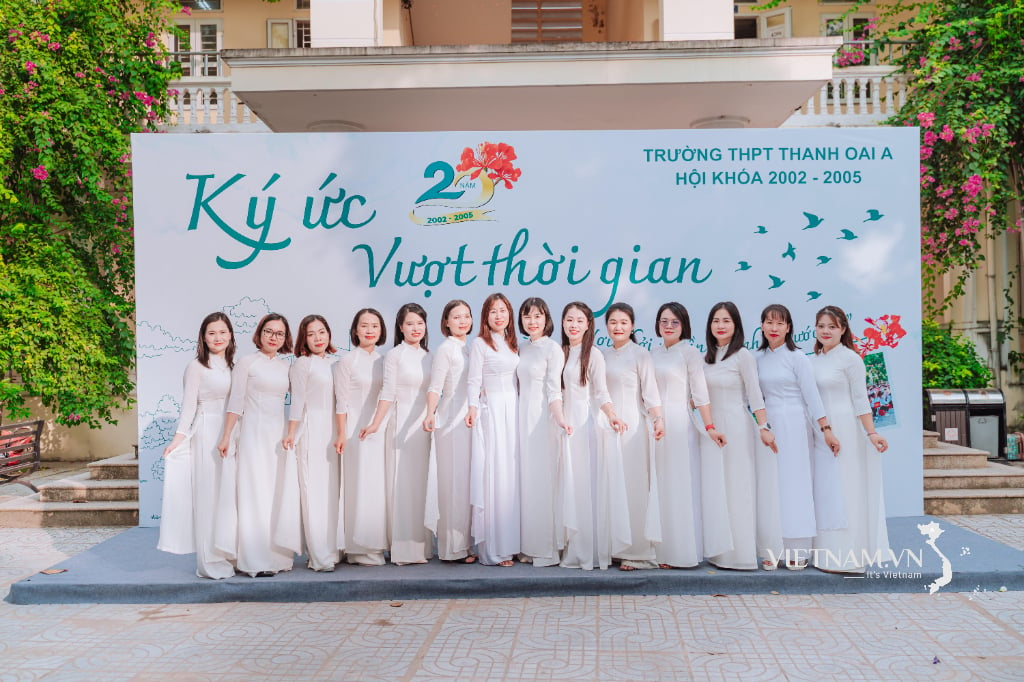
Comment (0)